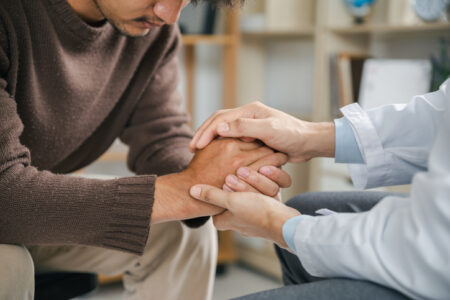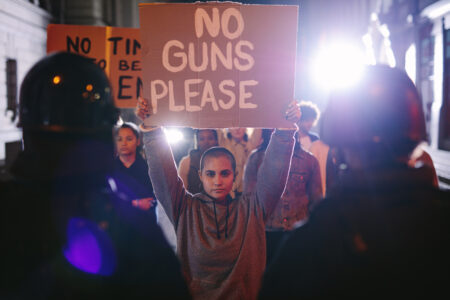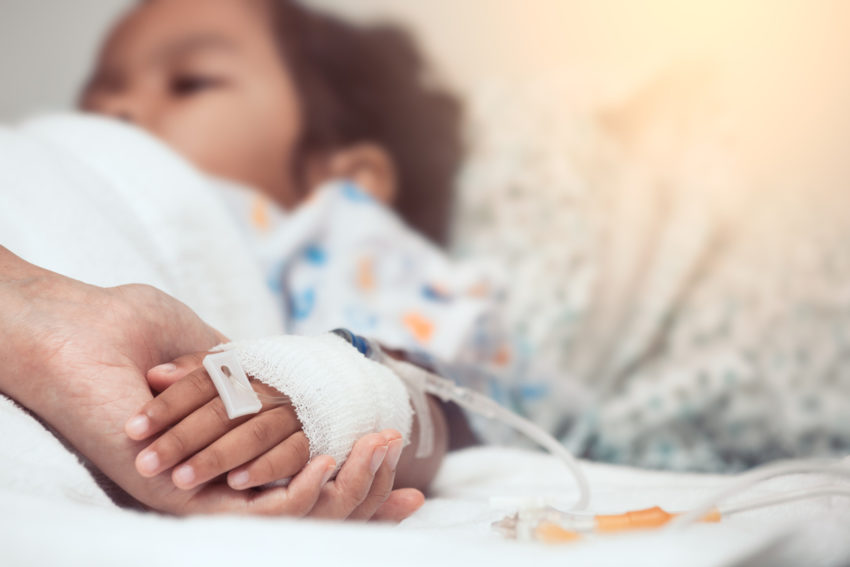
Share On Social!
During this global coronavirus pandemic that has shut down businesses and schools and ushered in social distancing, experts worry more children are suffering from abuse.
Researchers say this happens in times of stress. Child abuse rose in the Great Recession.
“I believe we’re going to see the number of child abuse cases increase rapidly but child abuse reports are going to decrease exponentially,” Megan Hedges, family advocate for the Child Advocacy Center of Fredrick County, told the Frederick News-Post. “This is going to be detrimental to many of the children in our community because we know the abuse is not stopping, in fact the abuse may be getting worse.”
1. Why Could Child Abuse Rise?
Financial distress, unemployment, domestic violence, and social isolation are big issues during coronavirus, especially for Latinos who suffer childhood trauma at high rates.
Sadly, these are all risk factors for child abuse and neglect.
Learn more about the major types of child abuse and neglect here.
“Neglect happens because people make difficult decisions due to a lack of resources,” said Georgia Boothe, the executive vice president of Children’s Aid, according to ProPublica.
Since the coronavirus outbreak, several crisis support lines have seen a spike calls, suggesting homes aren’t safe right now.
For example, the national Disaster Distress Helpline (1-800-985-5990) received nearly nine times (891%) more calls in March 2020 than March 2019, according to ABC News.
Between March 1 and March 24 the Childhelp National Child Abuse Hotline (1-800-422-4453) recorded a 20% increase in calls and more than four times the number of texts compared to the same time last year, according to CBS News.
“We know that additional strain and stress on families during this crisis puts children at an increased risk of abuse,” said Sophie Phillips, chief executive officer of the advocacy organization TexProtects according to the Texas Tribune.
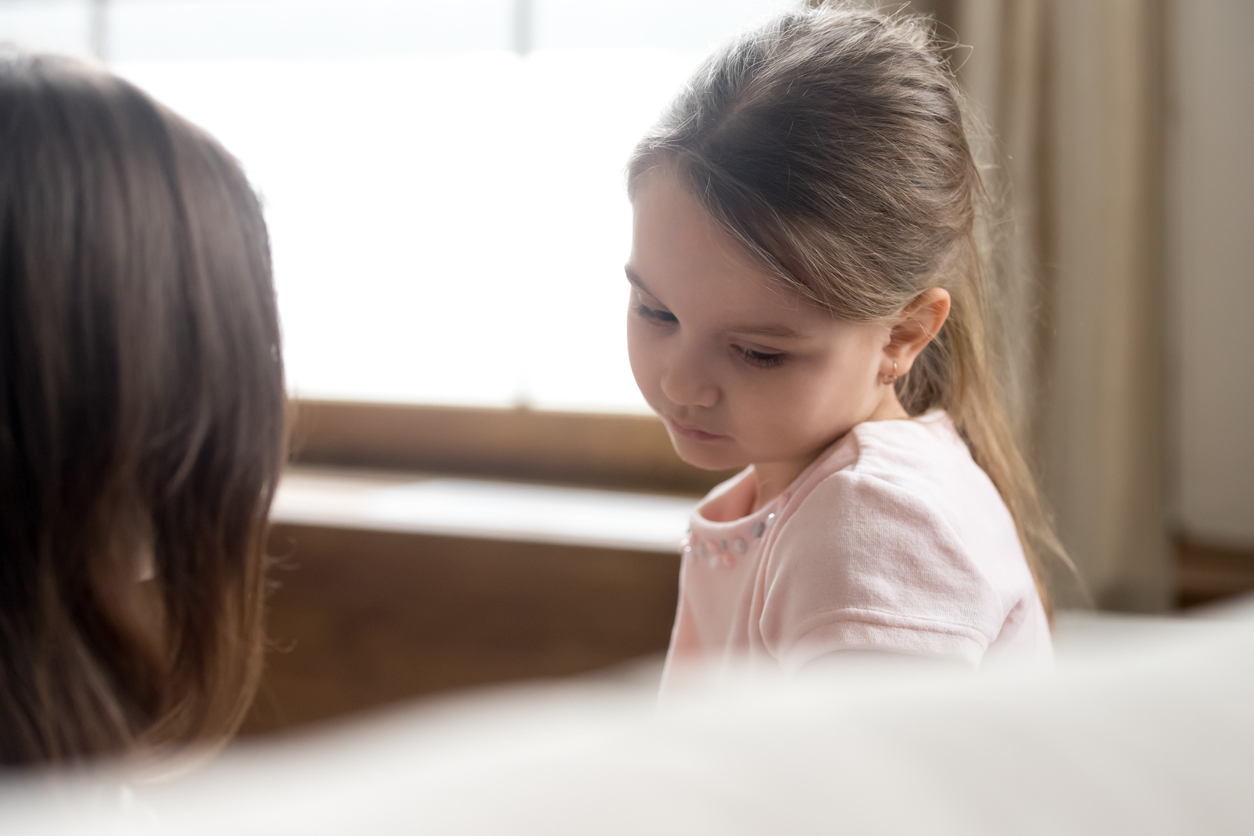 “Any type of crisis when people are experiencing high levels of stress, we find that child abuse tends to escalate instead of coming to a halt.” said Jessica Milan Miller, CEO of Gingerbread House, according to KSLA News 12.
“Any type of crisis when people are experiencing high levels of stress, we find that child abuse tends to escalate instead of coming to a halt.” said Jessica Milan Miller, CEO of Gingerbread House, according to KSLA News 12.
Moreover, disaster impacts children differently, from bedwetting and clinginess to irritability and disruptive behavior.
Beyond economic hardship and family stress, poor parental understanding of child development is also a risk factor of child abuse and neglect.
Child welfare workers are concerned that parents don’t understand these “normal” reactions and behaviors, thus may reactive negatively to them.
2. Is Child Abuse Already Rising?
Doctor’s at a children’s hospital in Fort Worth, Texas (35% Latino) have seen a rise in child abuse cases amid the coronavirus outbreak.
The hospital typically sees six or seven child abuse related deaths per year. But they saw the deaths of two preschoolers on March 21, and treated five other children the same week.
“There’s no way for us to directly link that, but that’s the concern,” said Dr. Jamye Coffman, the medical director of the CARE team at the Cook’s Children Hospital, according to Chantal De Silva with Newsweek.
Healthcare workers in Orlando (31.1% Latino) are reporting an increase in child abuse cases.
The Arnold Palmer Children’s Hospital typically sees one or trauma cases a month. But they saw eight in past few weeks.
“These are children with, I’m talking multiple fractures, head injures that go to the operating room, severe burns,” said Dr. Donald Plumley, the medical director for pediatric trauma, according to Click Orlando. “These are critical.”
Unfortunately, the adults who often intervene in situations like these before hospitalization or death no longer have eyes on kids.
“During this time, I think everyone needs to have a more watchful eye on children if you suspect anything is wrong,” said Phillips according to USA Today.
3. Why Are Reports of Child Abuse Down in Some Areas?
Professionals who encounter children as part of their occupation, such as child daycare providers, educators, legal and law enforcement personnel, and medical personnel, are the primary source of reports (67.3%) to child protective services nationwide.
However, due to school closures, educators, bus drivers, administrators, coaches, and other adults are no longer able to spot and intervene in situations that put children at risk of harm.
Thus, reports of child abuse and maltreatment are down in many places.
For example, abuse reports are down about 36% since mid-March in Fresno County (53.5% Latino), according to the Fresno Bee. Statewide, there was an 18% drop in child maltreatment referrals in March 2020 compared to last year.
Other states have seen a drop in reports of child abuse, too, reports AP News:
- 14% reduction in Nevada (29.0% Latino)
- 33% reduction in Arizona (31.6% Latino)
- 45% reduction in Montana (4.0% Latino), Oklahoma (10.9% Latino), and Louisiana (5.2% Latino)
- 50% reduction in Washington (12.9% Latino)
“That means many children are suffering in silence,” said Darren DaRonco, spokesman for the Arizona Department of Child Safety, according to AP News.
Although schools are scrambling to respond as quickly as possible to meet students’ academic needs, child welfare workers are concerned about the lack of “eyes on” students.
Virtual communication may not offer a full picture of home conditions, or the student’s and family’s social and emotional needs. People lack privacy to speak candidly in crowded homes. Many Latino families lack access to broadband Internet in the first place.
Moreover, child welfare workers feel hamstrung in trying to engage in human services without human contact.
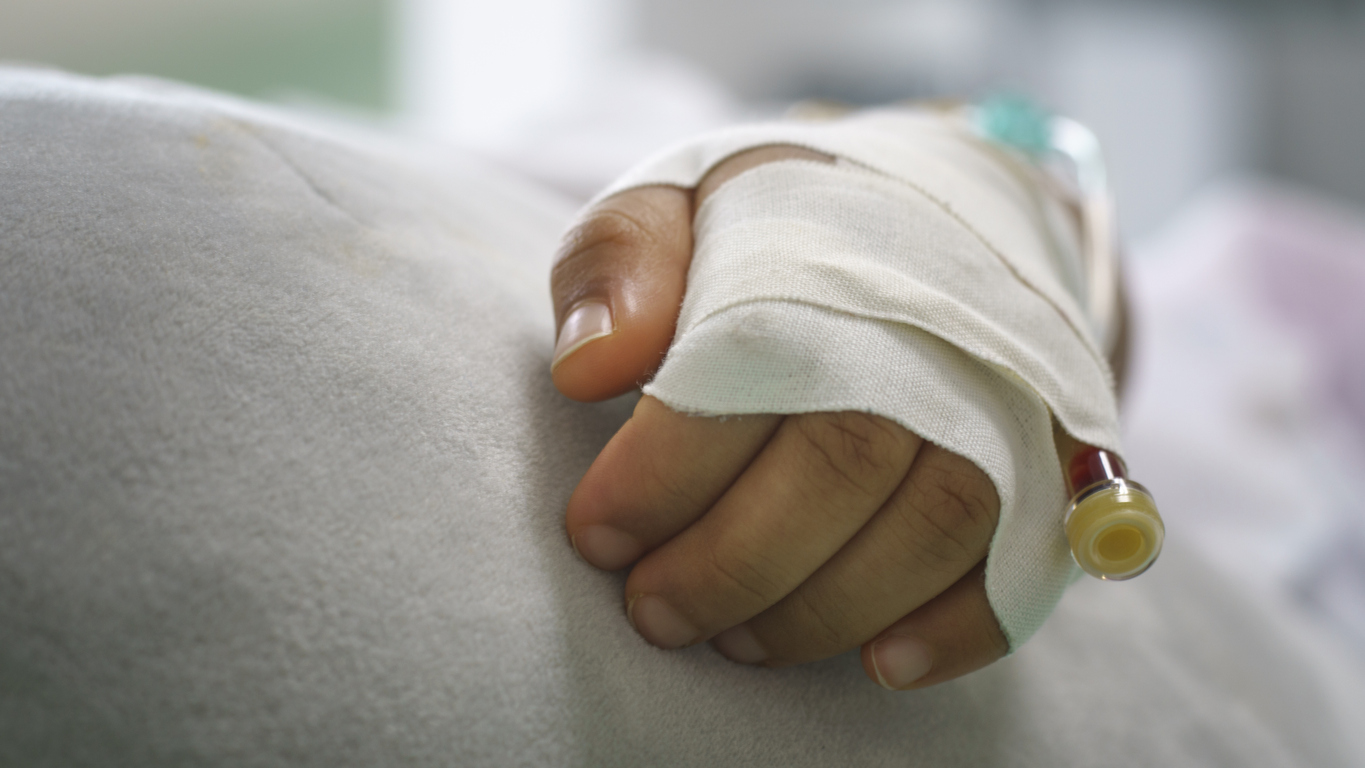 For example, investigating conditions inside homes has become more complicated, and some child welfare workers haven’t received masks or gloves.
For example, investigating conditions inside homes has become more complicated, and some child welfare workers haven’t received masks or gloves.
“Adoption cases, child visitation and detention hearings have also been jammed up since the outbreak began in Fresno County,” said Tricia Gonzalez, director of child welfare at the Fresno County Department of Social Services, according to the Fresno Bee.
“I think we’re seeing the public health system in the United States being revealed for what it is, which is really a patchwork of extremely vulnerable microsystems that are each on their own scrambling to respond as quickly as possible,” said Rachel Walker, a nurse and incoming director of the Ph.D. program at the University of Massachusetts Amherst College of Nursing, according to ProPublica.
4. What Can We Do to Address Child Abuse During Coronavirus?
Latino and all children in these situations need stable, caring adults to act as a protective factor and help these kids regulate during this coronavirus pandemic.
First, if you experience abuse, seek help:
- Disaster Distress Helpline: 1-800-985-5990
- Childhelp National Child Abuse Hotline: 1-800-422-4453
- National Domestic Violence Hotline: 1-800-799-7233 or TTY 1−800−787−3224
- National Center for Missing and Exploited Children CyberTipline: 1-800-843-5678
- National Suicide Prevention Lifeline: 1-800-273-8255
All calls are confidential.
Second, child welfare agencies are asking for help to fill in the reporting gaps.
Reporting abuse or neglect can protect a child and get help for a family.
Anyone can report suspected child abuse or neglect by contacting their local child protective services office and/or law enforcement agency.
In fact, some states require all adults to report suspicions of child abuse or neglect, and other states require certain types of professionals, like teachers and physicians.
You can find state abuse and neglect reporting numbers here.
If a child is in imminent danger, call local law enforcement first.
All calls are confidential.
Calling a crisis helpline is different than calling to report suspected abuse and neglect.
Crisis lines offer intervention, information, and referrals to emergency, social service, and support resources, while reports of abuse and neglected are assessed by an intake specialists who decides if the allegation meets the legal definition for abuse or neglect and if the report should be investigated.
“It is incumbent upon all of us, including courts, law enforcement, education, medical and mental health providers — and even neighbors who may come into contact with young children and families — to continue to be part of a public health approach to child safety during this pandemic, wrote Nelson Bunn and Amy Harfeld in The Hill.
Third, raise awareness in your community and among state and federal leaders.
In New Mexico, the Children, Youth and Families Department said it is “increasing communication with domestic violence shelters, youth shelters, hospitals, police, the Department of Health and other partners involved in keeping children safe,” according to AP News.
In San Antonio, the Guardians of the Children organized a parade though several neighborhoods with signs of encouragement, asking children to speak up and adults to be brave.
“Anytime you get a bunch of motorcycles in a neighborhood making a bunch of noise, kids always want to see what’s going on and adults are curious,” said Justin Mire, ‘Tex’, the president of the organization, according to News4SA.
Local and state agencies are encouraging everyone to check on neighborhoods, friends, and extended family members.
Numerous organizations are urging elected officials to increase funding for and strengthen the state and local systems that prevent and respond to child abuse and neglect during the COVID-19 pandemic.
The Child Welfare League of America (CWLA), for example, submitted a letter to Congress outlining key child welfare concerns and recommendations.
Schools are listing community and national crisis hotlines on their websites, sharing resource guides with families, and tracking their interactions with students.
See how these three schools in Texas are stepping up to keep an eye on kids and families during this global pandemic.
Thanks to the Handle With Care program, police alert these schools when they encounter a child a traumatic scene so schools are prepared to provide support or services.
You can start the Handle With Care program in your community with this 5-Step Action Pack.
GET THE ACTION PACK!
By The Numbers
142
Percent
Expected rise in Latino cancer cases in coming years

